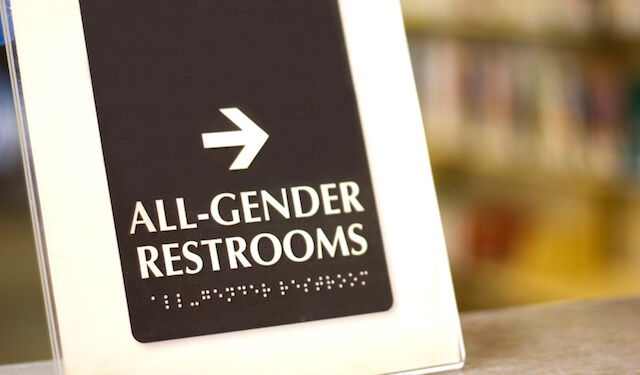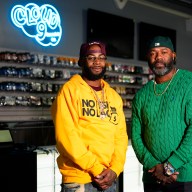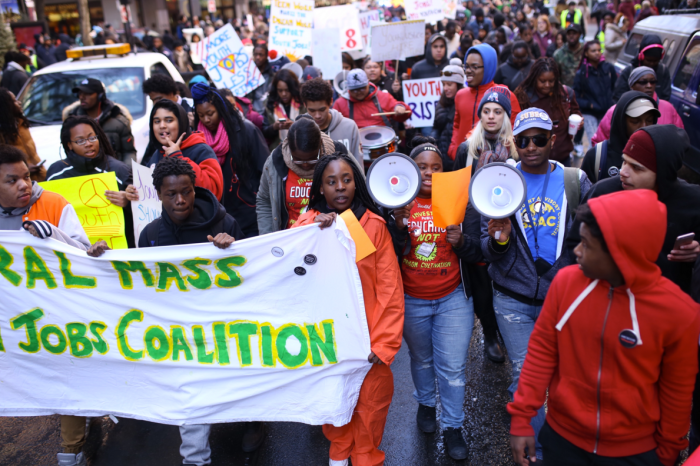When Todd Sears started working on Wall Street as an investment banker in the mid-‘90s, the culture on the Street was vastly different. His first boss was unapologetically homophobic. Sears, who is gay, left the firm. RELATED:The hardest part of the job search isn’t what you think During the interview for his next job, he told his potential employers he was gay. It was a non-issue, and in fact, they considered it an asset — and an opportunity. Sears went on to create the first team of financial advisors on Wall Street to focus on the LGBT community, and bring in over a billion dollars in assets to his firm. We spoke to Sears via phone before this year’s Out Leadership: LGBTI Summit on Wednesday at the Edison Ballroom in New York, where business bigwigs came together to discuss how the industry can continue to make progress. Sears founded Out Leadership, a global business advisory that connects leaders in the financial industry and pushes LGBTI (lesbian, gay, bisexual, transgender and intersex) equality forward. But the strategies don’t just appy to the Street. Below are some of the ways Sears and Angelica Ross, a speaker at the summit and the founder of TransTech Social Enterprises, which provides on-the-job training for trans and gender nonconforming individuals, say that efforts to increase workplace diversity have failed — and how they can be improved. RELATED:At Fairygodboss, women get real about maternity leave Old concept: Managing diversity
New concept: Leveraging difference
Diversity efforts don’t work when “people being brought in for difference know that they’re only being brought in for their difference, not because of their skills set, their intellect or the value they bring to the organization,” says Sears, who notes that “managing diversity” really means “treating it as a problem to be solved.” It’s an approach that “boils people down to their genetic characteristics.”
Instead, leveraging difference means looking at all types differences — thought, experience, intellect, as well as national origin, race, gender and sexual orientation — and honing in on why each is necessary for a businesses that wants to thrive and be the best it can be.
Says Sears, “The idea is I don’t need women for women’s sake. I need women because they think differently, and because I need to win, and I need to serve my clients better. And if I’m going to have difference, of course women need to be a part of that.” Old concept: Increasing representation
New concept: Increasing engagement
Many businesses define diversity by the number of minorities employed, but in business parlance, representation is “a lagging indicator,” says Sears. Forwarding-thinking companies are looking at engagement, and how it can be cultivated by a company’s culture. Says Sears, “A company might say, ‘Oh, look, we don’t have enough women at senior levels, and a knee jerk, old-school, tokenistic response would be oh, go hire more women.’ The challenge with that is that there’s a reason, culturally, why there haven’t been enough women [at senior levels]. If you look at the engagement survey and some of the cultural morays of that company, you can start to unpack and understand why there aren’t enough women, so you can shift the corporate culture, so that if you do bring in women, they actually stay and they’re successful.” Old concept: Putting one person in charge of diversity
New concept: Leading from the top down
If a company is to truly value diversity, rather than pay lip service to it,“there needs to be a commitment from leaders at the top,” says Ross. “From our research, we’ve seen this from an ally perspective,” explains Sears. “If a senior leader, especially if he’s a straight white male, says that he is ally to the LBGT community, the knock-on effect is quite significant. We see that the engagement and the diversity of his team, [among] women and people of color, really increases.” Old concept: Focusing on buzzwords
New concept: Focusing on explicit meaning
Words like “equality,” “diversity” and “inclusion” have become common buzzword that often lack real meaning or action behind them. “Instead of reaching for a word, we need to break down what that word means,” says Ross. For instance, a college student handbook might say all students are “protected, welcomed and affirmed.” But without explicitly stating what groups are protected, using the word “trans” or identifying situations that might not be welcoming, it’s unclear what that really means. Specificity and clarity are key to creating a welcoming, living culture that goes beyond the page. Says Ross, “‘You have to set up the environment ahead of time, instead of waiting for it [LGBT issues] to come up.”
Why workplace diversity efforts often fail

iStock


















